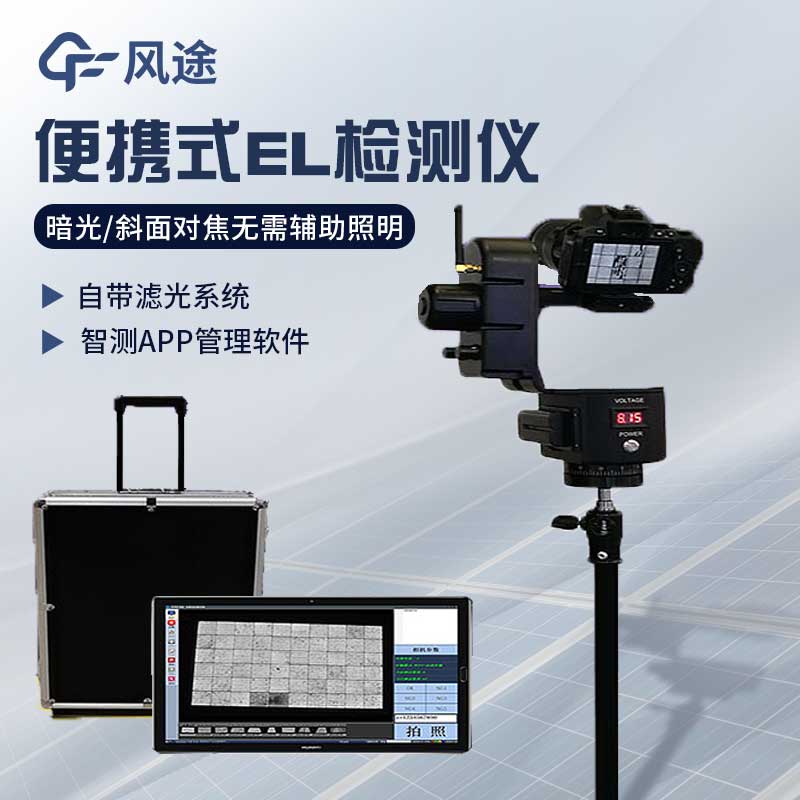Meteorological environment monitoring equipment supplier
Insist on doing high-precision customer favorite technology products
As a quiet energy conversion method, photovoltaic power generation has its components fixed, but it is faced with the challenge of hidden cracks. As manufacturers make photovoltaic modules thinner to reduce costs, the ability of the cells to resist mechanical damage is also reduced, resulting in the easy generation of hidden cracks during transportation and installation. Especially in photovoltaic power stations with flexible supports, severe weather such as typhoons further aggravates the generation of hidden cracks. Hidden cracks, which are cracks formed on the cells and are difficult to detect with the naked eye, have become the focus of attention during power station operation, maintenance, and acquisition.
There are six types of hidden cracks: dendritic cracks, comprehensive cracks, inclined cracks, parallel cracks, vertical cracks, and through - cracks. They affect the current collection and output of the cells. Especially when the hidden cracks cause the breakage of fine - grid lines, the cells may be partially or even completely ineffective. Research shows that parallel cracks have the most serious impact on the efficiency of the cells, followed by inclined cracks, while vertical cracks have the least impact on the fine - grid lines.
Aging tests show that changes in temperature and humidity may exacerbate the hidden cracks of the cells even during working or non - working conditions. Cells without hidden cracks have stronger anti - aging ability than those with hidden cracks. Electroluminescence (EL) technology, as a simple and effective detection method, can reveal these hidden cracks.
Without external excitation, the number of electrons and holes inside the semiconductor PN junction remains in a dynamic equilibrium. After applying a voltage, electrons and holes will recombine in the P - region and the N - region and be emitted in the form of light, which is electroluminescence. Crystalline silicon cells emit light under forward bias with a wavelength of about 1100nm, which belongs to the infrared band and is invisible to the naked eye. Therefore, EL tests require CCD cameras to capture these photons and display them in the form of images after computer processing.
In the EL image, the higher the brightness, the more the number of electron - hole recombinations. Darker or completely dark areas indicate the existence of defects or signal occlusion. Photovoltaic modules in photovoltaic power stations usually adopt a spot - check detection method. After the inspection is completed by drones, EL tests are organized at night for abnormal strings and areas. EL tests can be completed by handheld EL detectors or airborne EL detectors on drones.
